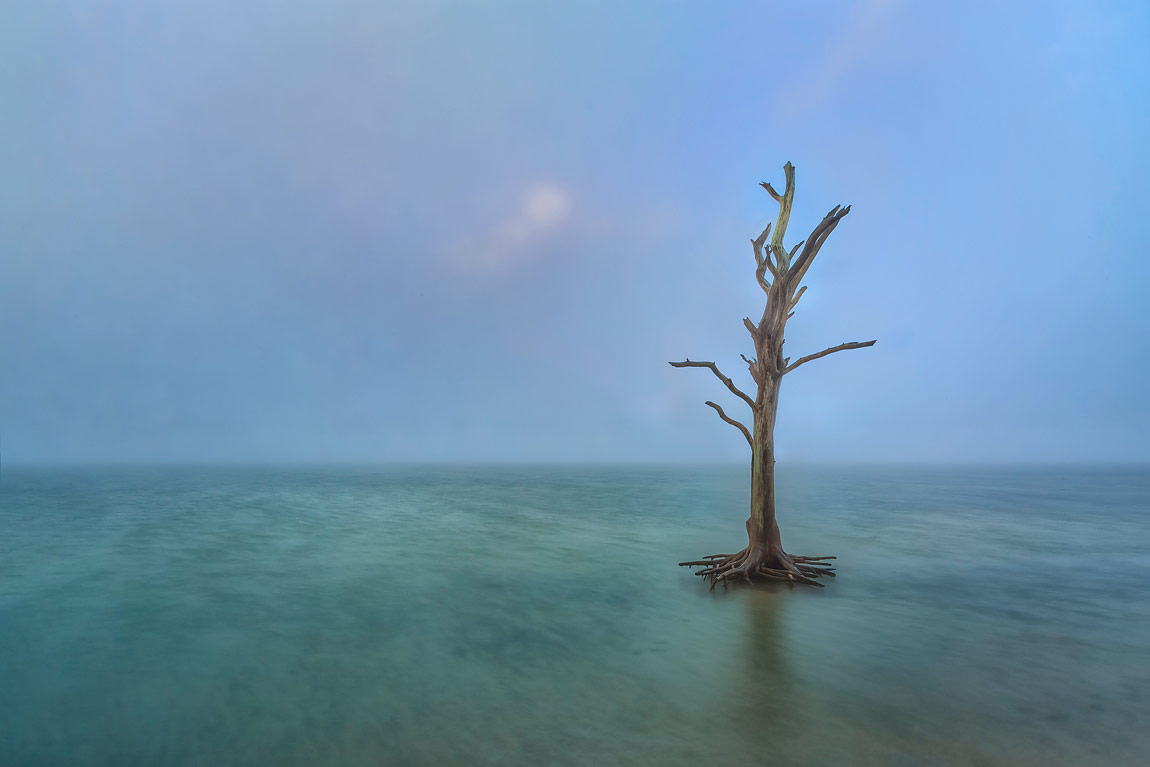Assateague Island is a 37-mile (60 km) long barrier island located off the eastern coast of the Delmarva Peninsula facing the Atlantic Ocean. The northern two-thirds of the island is in Maryland, while the southern third is in Virginia. The Maryland section contains most of the Assateague Island National Seashore and Assateague State Park.
Assateague features sandy beaches, salt marshes, maritime forests, and coastal bays. Photographers are drawn to Assateague’s feral horse population, alternately known as the Assateague horse, Sitka black-tailed and a large population of birds, including the American oystercatcher, great blue heron, and snowy egret.
I have been visiting Assateague from time to time over the past 20 years. Winter, early spring, and fall are the best times to visit. If visiting in summer, be prepared to cover yourself in insect repellant to ward off the unrelenting mosquitoes.
The coastline of the Atlantic Ocean and Chincoteague Bay offer landscape photo opportunities. Over the years, I have observed a change in the bay shoreline. There was a single dead tree on the beach that I would photograph at sunrise and sunset, but during my last visit, I discovered it was lost during a storm. Disappointed, I explored the area for another subject and was pleased to find another dead tree. This one was standing well offshore, surrounded by the water of this brackish estuary.
A fog was moving through the area, providing a moody atmosphere. I added a five-stop ND filter to my lens and set my camera at f/20, 20 seconds, and ISO 100. The long exposure created a sense of motion in the water. This solitary tree tells the story of how sea level rise is changing coastal areas worldwide.
Upload Your Picture • WIN $300 Cash

